Without realizing it, we rely on our vestibular system with nearly every move we make. When we start to suffer dizziness or feel unstable, an issue with the system may be to blame. The vestibular system is made up of the inner ear and parts of the auditory and visual systems. Put simply, it’s in charge of your balance, and when it’s out of whack it can cause big problems.
What are the Symptoms of a Vestibular System Issue?
While dizziness is the most common symptom, you may also experience nausea, difficulty concentrating, fatigue, visual disturbances, imbalance, or anxiety. Vestibular issues can be a result of a prior or current infection, trauma, or malfunction of individual components.
What Should I Do if I Experience Symptoms?
If you find yourself experiencing these issues, check in with your primary doctor since they are all symptoms that can be a result of a myriad of other causes. After an exam to eliminate other ailments you may be diagnosed with vertigo, BPPV (Benign Paroxysmal Positional Vertigo), Meniere’s Disease, Vestibular Neuritis, Labyrinthitis, Mal de Debarquement, Vestibular Hyperfunction/Hypofunction, or another malfunction in the vestibular system. These conditions may resolve on their own or your doctor may recommend treatment involving physical therapy.
How Can PT Help?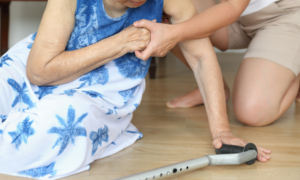
The inner ear is often to blame for imbalance that results in tripping, staggering, falls, or near falls. This can lead to insecurities with your balance and create a fear of falling again. Physical therapy works to reinstate strength, balance, and trust that your vestibular system is functioning properly. PT can also aid in solving issues with vision and relieve headache pain.
Your treatment plan will depend on your diagnosis and personal situation. At your initial appointment, your PT will gather background information and perform a physical exam, analyzing your gait, strength, balance, and mobility. Based on his or her evaluation, a personalized plan will aim to get your system back into equilibrium.
 What Should I Expect From PT?
What Should I Expect From PT?
Again, each case is different, but most of the customized exercises are designed to retrain the brain to recognize and process signals from the inner ear with the goal to reduce dizziness and increase stability. Some treatments involve repositioning of small crystals inside the inner ear to stop common vertigo. For conditions that can’t be reset, vestibular rehabilitation exercises will focus on providing alternatives to compensate for the condition.
You can expect your PT to guide you through instruction on balance, which may test your balance limits in a safe environment. Sensory retraining will work to heal the broken messages between the brain and the body. You may also receive support in using aids such as canes or walkers. Overall, expect exercises that target strengthening, flexibility, posture, balance, vision stability, and occupational movements.
 Treatment
Treatment


 Mobility
Mobility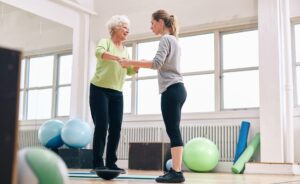 Balance
Balance
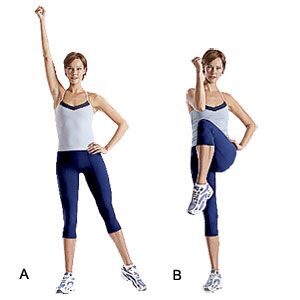
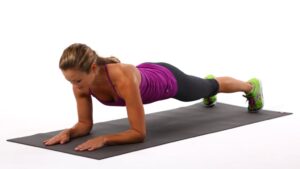
 Hip Lifts
Hip Lifts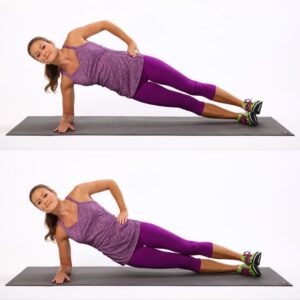 To work the opposite muscles of your core lay on your side with one ankle stacked on top of the other. Put a pad beneath your elbow and ensure it is directly below your shoulder. Then lift your hips straight towards the ceiling and lower back to the ground, maintaining balance and control. Do five repetitions and then move to the other side. If this exercise is too challenging, try to lift and hold instead of moving up and down.
To work the opposite muscles of your core lay on your side with one ankle stacked on top of the other. Put a pad beneath your elbow and ensure it is directly below your shoulder. Then lift your hips straight towards the ceiling and lower back to the ground, maintaining balance and control. Do five repetitions and then move to the other side. If this exercise is too challenging, try to lift and hold instead of moving up and down. 
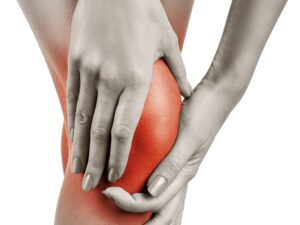
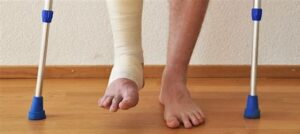 Can’t Apply Weight
Can’t Apply Weight